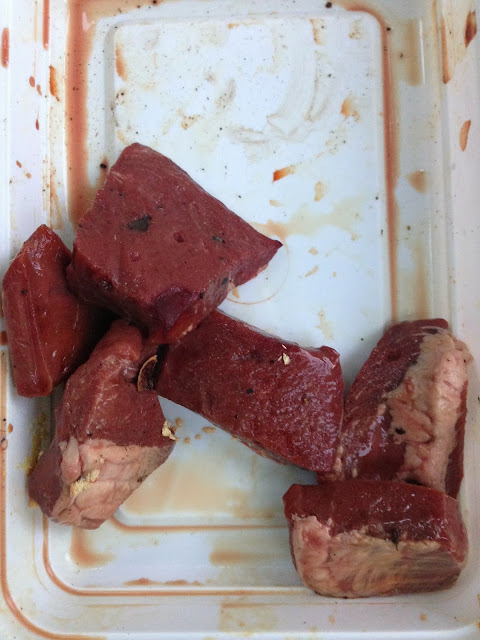http://www.forensicmag.com/articles/2013/09/hair-analysis-forensic-toxicology
The
article “Hair Analysis in Forensic Toxicology” by Dr. Lata Gautman and Prof.
Michael D. Cole is about the effectiveness of hair analysis in forensic
toxicology. Unlike urinalysis and blood work, hair analysis provides the tester
with an in-depth description of the subject’s drug history. Hair analysis can
also be used to administer DNA tests and trace poisons, even in corpses. The authors
explain that hair analysis has these incredible results because of segmental
analysis, which allows each single part of the hair to be analyzed
individually. Hair grows slowly, usually 1 cm a month, meaning the tips of hair
strands could be from months or even years ago, allowing the detection of drug
use even after long periods of time. The authors point out that drug
concentration could be degraded due to cosmetic treatment, but not fully
eliminated. This is because hair is unique and no active metabolic function or
excretion occurs in it, which is beneficial in forensic investigation. The
authors explain the scientific details very well in a clear and simple way that
a person unfamiliar with forensic terms would understand. The author also
provides interesting cases in which hair analysis was used. One case included
the exhumation of a women assumed dead by heroin abuse after post-mortem blood
and urine analysis. Hair analysis was performed and it was discovered that her
drug concentrations were actually much lower at the time of her death than the
months before, thus refuting the previous assumption. Hair analysis is used not
only in criminal investigation, but also in workplace drug evaluation and in
drug abstinence monitoring. The author points out that it is not a perfect
system. There are ways in which hair analysis can be unreliable, such as
determining the difference between exposure and ingestion of narcotics, therefore
the authors suggest taking many factors into account.
Although
the article is very well written, some things can be improved upon, such as the
length of the article, as it is fairly short in my opinion. Also, I would like
to see more explanation about what exactly is passive exposure to drugs
compared to ingestion. The authors only mention this difference, and I am
unsure of what they exactly mean, especially in a scientific sense of passive
drug exposure.
The
article was fascinating to me. I never thought that a simple hair could reveal
this much. I was surprised to discover that hair could show drug history from
as long as 11 years ago on a dead body and how segmental analysis can show a
different concentration of drugs on the length of the hair, corresponding to a
certain time of drug use.
MLA Citation:
Gautman, Lata, Dr., and Michael D. Cole, Prof.
"Forensic Magazine." Forensic Magazine, 3 Sept. 2013. Web. 6 Sept.
2013.
<http://www.forensicmag.com/articles/2013/09/hair-analysis-forensic-toxicology>.















